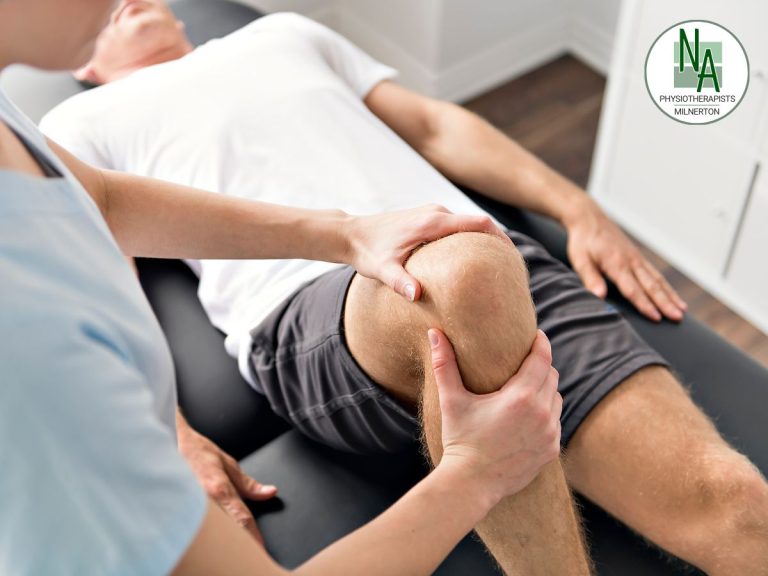Definition of Lymphoedema
Lymphoedema is an abnormal, long-term swelling of part/s of the body caused by a collection of lymphatic fluid (including water and proteins) in the tissues below the skin. It occurs when there is a dysfunction in the lymphatic system.
How does lymphoedema present?
Lymphoedema is most commonly seen in one or both arms or legs, but may present in the face, body and genitals. It is a persistent swelling that may range from a mild increase in size of the limb/area to a grossly swollen limb with changes to the quality of the skin. Severe cases of lymphoedema can be debilitating. Lymphoedema is sometimes, but not always painful.
Incidence
There are no specific studies about incidence, but the estimated number of people worldwide suffering with this condition is 140-250 million.
Anatomy of Lymphatic System
The lymphatic drainage system is a network of lymphatic vessels and lymph nodes (‘glands’) which drains clear, colourless lymphatic fluid (similar to the fluid in a blister) from your tissues. It has as many vessels as the blood system and almost every tissue has many tiny lymphatic vessels, which gradually join together to form larger ones.
These larger lymphatic vessels transport fluid to lymph nodes. After being filtered through one or more groups of lymph nodes, the fluid finally drains into a large vein close to the heart. The blood pumped from your heart to your tissue (along your arteries) contains nutrients, oxygen, proteins, water and many other products needed to maintain the health of the different tissues in your body.
Your tissue then uses what it requires, and the excess, along with any waste products is drained away from your tissue by two different systems. The first in the venous system, which is part of your circulatory system, and the second is the lymphatic system. The circulatory system (consisting of arteries and veins) continuously circulates blood through each part of the body while the lymphatic system main function is to drain and transport it’s part of the fluid away from each part, along its own system of vessels, before eventually joining the blood (circulatory) system close to the heart.
There are different parts to the lymphatic system. The superficial part of the lymphatic system drains and transports lymphatic fluid from the skin and subcutaneous areas which is where most lymphoedema occurs.
In summary the lymphatic system is a network of lymph nodes, lymph ducts, and lymph vessels that is mainly a drainage and transport system of lymphatic fluid from your tissues ultimately back into the bloodstream. Throughout this path of drainage the fluid is filtered and processed before being returned to the bloodstream/ circulatory system. Also included in the lymphatic system are lymphatic organs (which include your lymph nodes, sometimes referred to as your lymph glands) that play a vital role in your immune response.
The Function of Lymphatic System
The primary function of the lymphatic transport system is to drain lymphatic fluid, which is a clear, colourless fluid (containing water, proteins, white blood cells, waste and other materials), from your tissues. This fluid is then filtered through your lymph nodes. The filtered lymph then drains back into the large veins and is pumped back to the heart, where it is eventually removed from the body as urine through the kidneys.
There are 600 to 700 lymph nodes in the human body, which mostly occur in groups that drain particular areas in your body. These groups of lymph nodes provide the lymphatic system with an extra form of filtration and a protective function as they are one of the lymphatic organs responsible for the production of anti-bodies (lymphocytes) which have a vital role in fighting infection.
How is the Lymphatic Fluid Drained?
The fluid is drained along the system by three main mechanisms which operate synergistically. Each has an important role:
- The Respiratory Pump via Breathing
- The Muscle Pump via Exercise
- The Lymphatic system via Lymph vessels
Types of Lymphoedema:
Lymphoedema is classified into different types based on the origin or cause of the lymphoedema. The two groups are either Primary or Secondary Lymphoedema. In addition, lymphoedema is staged which is based on how the lymphoedema “behaves”. These groups are classified as Grade 1-3. It is also graded by the difference in size between the limb affected by lymphoedema and the unaffected limb (if both are not affected).
These classifications and stages are described below:
Primary Lymphoedema
This is as a result of a developmental deficiency in the anatomy of the lymphatic system i.e. the lymphatic vessel or lymph nodes have not developed completely before birth. There are different types:
Aplasia (absence of lymphatic vessels)Hypoplasia (Decreased number or unusually small lymphatics)Hyperplasia (Increased in size and number, but with valves that malfunction)Obstruction of lymphatic vessels: Turner Syndrome, Klinefelter Syndrome, Noonan Syndrome, yellow nail syndrome or Kinmonth Syndrome (fibrosis of the lymph nodes)
This may be due to a familial predisposition or a congenital cause. Primary lymphoedema mostly affects the lower limb (unilateral or bilateral), but can affect the arms and other areas. In the leg, the swelling usually starts in the foot and gradually moves up the limb. There may or may not have been a trigger event such as minor trauma, infections or immobility. Often the swelling is mild at first but progresses without treatment.
Primary lymphoedema can be further divided into 3 categories:
Conatal/Congenital Lymphoedema
Presents in very young children of 2yrs or at birth. Accounts for 5-10% of all primary lymphoedemas. Normally affects the legs, but arms, face and genitalia may also be affected. Affects females more than males.
Lymphoedema Praecox
Develops after puberty, often within the 2nd and 3rd decades of life, before 35years of age. Accounts for 80% of all primary lymphoedemas. Affects mainly females.
Lymphoedema Tarda
Starts after the age of 35 years. Accounts for 10% of all primary lymphoedemas. Affects mainly females.
Secondary Lymphoedema
This is an acquired condition resulting in damage to or obstruction of previously normal lymphatic channels. There are many causes.
The most common causes are:
Surgery (e.g. the removal of lymph nodes due to cancer) Radiation of lymph nodes, Injury, Filariasis (parasitic invasion of lymph nodes and vessels following a mosquito bite carrying the filariasis worm. This is not found in South Africa itself, but a person may have contracted it while travelling in areas where the parasite is found. This is mostly in the equatorial regions) Infection (cellulitis) &Cancerous tumour infiltration.
Any of these, and others, can cause a disturbance in the ability of the lymphatic system to drain the required amount of fluid away.
STAGES OF LYMPHOEDEMA:
Lymphoedema can gradually progress through the following stages:
Stage 0 (Latent stage)
Person is at high risk due to a known dysfunction in the lymphatic system. No swelling, “Normal” tissue consistency,
Stage I (reversible)
Soft Putty-like Pitting (ie. If you press you finger into the swelling, a dent is left when you remove the pressure). Swelling is markedly or completely reduced by elevating the affected area
Stage 2 (spontaneously irreversible)
May be firm and rubbery (indicating varying degrees of fibrosis). No pitting or mild pitting when pressure is applied. Swelling not reduced by elevation. May be accompanied by frequent infections
Stage 3 (lymphostatic elephantiasis)
Extreme increase in volume and size. Significant changes to the texture of the skin. Skin changes- for e.g. papillomas and skinfolds, No reduction in swelling with elevation.
Diagnosing Lymphoedema
As with all medical problems, correct diagnosis makes correct treatment possible. It is very important to see your doctor if you have swelling, especially if it has begun suddenly. In some instances the diagnosis and cause are very clear, and no special tests are required. However, there are time where special testing is needed. The following are a few of the tests available.
Lymphoscintigraphy
A radioactive tracer is injected and the movement of this radioactive tracer within the lymphatic system is monitored. The flow and emptying of the glands is timed and compared to the unaffected side for comparison.
MRI
A technique mainly to assess the presence of tumours, but also used to assess vascular infiltration into an area. It is very expensive and rarely used for lymphatic mapping.
Venous Doppler:
There are many reasons that swelling can occur. One very serious and potentially life threatening reason is due to a Deep Vein Thrombosis (DVT).The Doppler ultrasound is one of the tests used to diagnose a DVT. It is also used to see if one of the causes of the swelling is a vascular problem (ie the vein or circulation).
ICG Lymphography:
This is new technique. A fluorescent tracer is injected in to the limb. A near infra-red camera is used to visualise the tracer. The lymphatic vessels and function can be mapped in real time, as well as the location of obstruction or dysfunction and its severity. It is very detailed.
For more information on: How To TREAT LYMPHOEDEMA and RISK AND PREVENTION please visit www.laosa.co.za.






